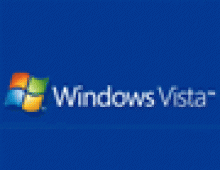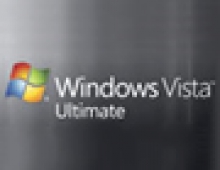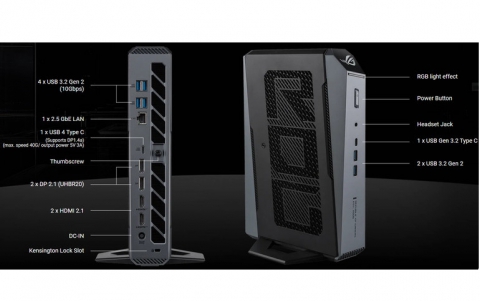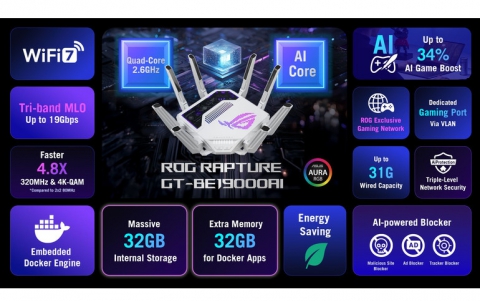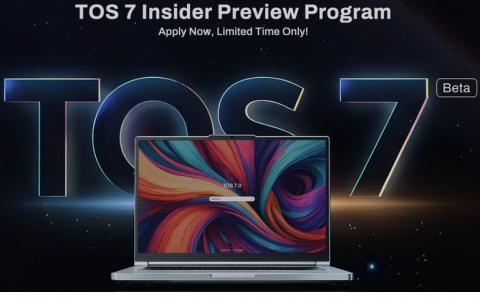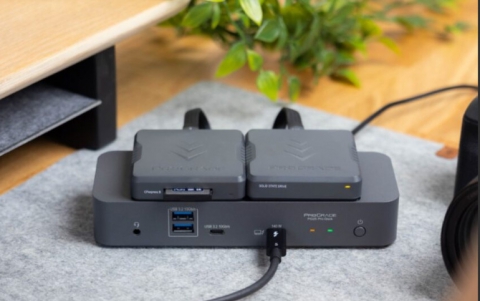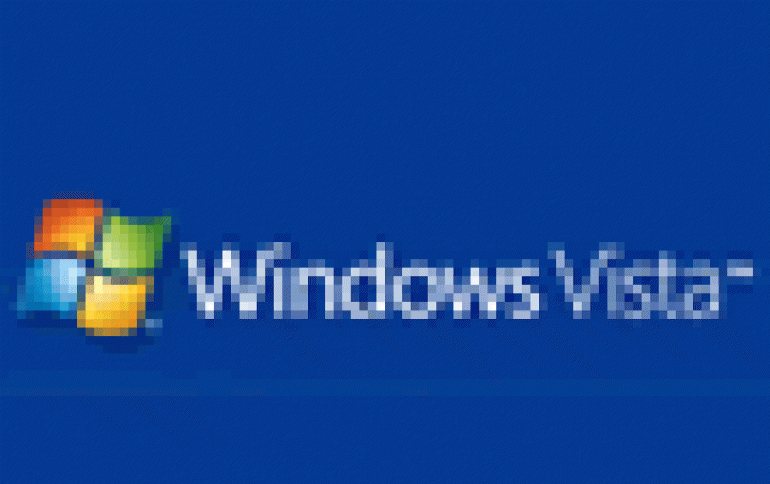
Microsoft Lists Windows Vista Hardware Requirements
Microsoft on Wednesday finally detailed the hardware specifications required to run its Vista operating system. The company also launched a "Get Ready" program to help consumers prepare for the upgrade.
Microsoft gave details of two programs. The "Vista-capable" program allows machines that meet a minimum set of requirements to tout themselves as able to run the new Windows. Computer makers who meet higher requirements will be able to tout their machines as "Premium Ready," indicating the PCs are able to take advantage of higher-end features, such as Vista's Aero graphics.
A "Windows Vista Capable and Premium Ready PCs" page shows the basic requirements for all versions of Windows Vista, which include an 800 MHz processor, 512 MB of RAM, and a DirectX 9.0-compatible graphics processor. Requirements for "Premium" Vista-ready systems are also listed, including a 1 GHz 32-bit or 64-bit CPU, 1 GB of RAM, a Shader Model 2.0-compliant graphics processor, a 40 GB hard drive with 15 GB of free space and and a DVD-ROM drive. Microsoft says "Premium" machines will offer "an even better Windows Vista experience," although the company doesn't elaborate on which features this implies aside from Vista's hardware-accelerated Aero graphical user interface.
Microsoft also published the official minimum requirements for Vista on Thursday, largely matching the Vista-capable specifications. Systems need an 800 MHz processor, 512MB of memory, a 20GB hard drive with 15GB of free space and a CD-ROM drive. That guarantees access to Vista's core features, but not Aero and other premium features.
Manufacturers such as Dell, Gateway, Lenovo and Toshiba plan to add the Vista Ready branding to their systems.
Along with the Vista system requirements page, Microsoft has also put up a downloadable beta release of Windows Vista Upgrade Advisor. When run, the program inquires, "what would you like to do with Windows Vista?" and lets users pick between options such as "Connect to Corporate or Campus Networks," "Watch and Record TV," and "Work Anywhere." Based on the selection, the Advisor suggests one of Vista's four non-Enterprise flavors and runs a system scan to verify hardware compatibility with the selected features. In the last stage, the Advisor checks for driver support and lists devices that do not yet have Vista-compatible drivers. Once the Advisor is done, users can print and save their compatibility report for future reference.
Windows Vista are expected in the market in Q1 of 2007. Windows Vista will come in five different versions: Windows Vista Business, Windows Vista Enterprise, Windows Vista Home Premium, Windows Vista Ultimate and Windows Vista Home Basic.
A "Windows Vista Capable and Premium Ready PCs" page shows the basic requirements for all versions of Windows Vista, which include an 800 MHz processor, 512 MB of RAM, and a DirectX 9.0-compatible graphics processor. Requirements for "Premium" Vista-ready systems are also listed, including a 1 GHz 32-bit or 64-bit CPU, 1 GB of RAM, a Shader Model 2.0-compliant graphics processor, a 40 GB hard drive with 15 GB of free space and and a DVD-ROM drive. Microsoft says "Premium" machines will offer "an even better Windows Vista experience," although the company doesn't elaborate on which features this implies aside from Vista's hardware-accelerated Aero graphical user interface.
Microsoft also published the official minimum requirements for Vista on Thursday, largely matching the Vista-capable specifications. Systems need an 800 MHz processor, 512MB of memory, a 20GB hard drive with 15GB of free space and a CD-ROM drive. That guarantees access to Vista's core features, but not Aero and other premium features.
Manufacturers such as Dell, Gateway, Lenovo and Toshiba plan to add the Vista Ready branding to their systems.
Along with the Vista system requirements page, Microsoft has also put up a downloadable beta release of Windows Vista Upgrade Advisor. When run, the program inquires, "what would you like to do with Windows Vista?" and lets users pick between options such as "Connect to Corporate or Campus Networks," "Watch and Record TV," and "Work Anywhere." Based on the selection, the Advisor suggests one of Vista's four non-Enterprise flavors and runs a system scan to verify hardware compatibility with the selected features. In the last stage, the Advisor checks for driver support and lists devices that do not yet have Vista-compatible drivers. Once the Advisor is done, users can print and save their compatibility report for future reference.
Windows Vista are expected in the market in Q1 of 2007. Windows Vista will come in five different versions: Windows Vista Business, Windows Vista Enterprise, Windows Vista Home Premium, Windows Vista Ultimate and Windows Vista Home Basic.


